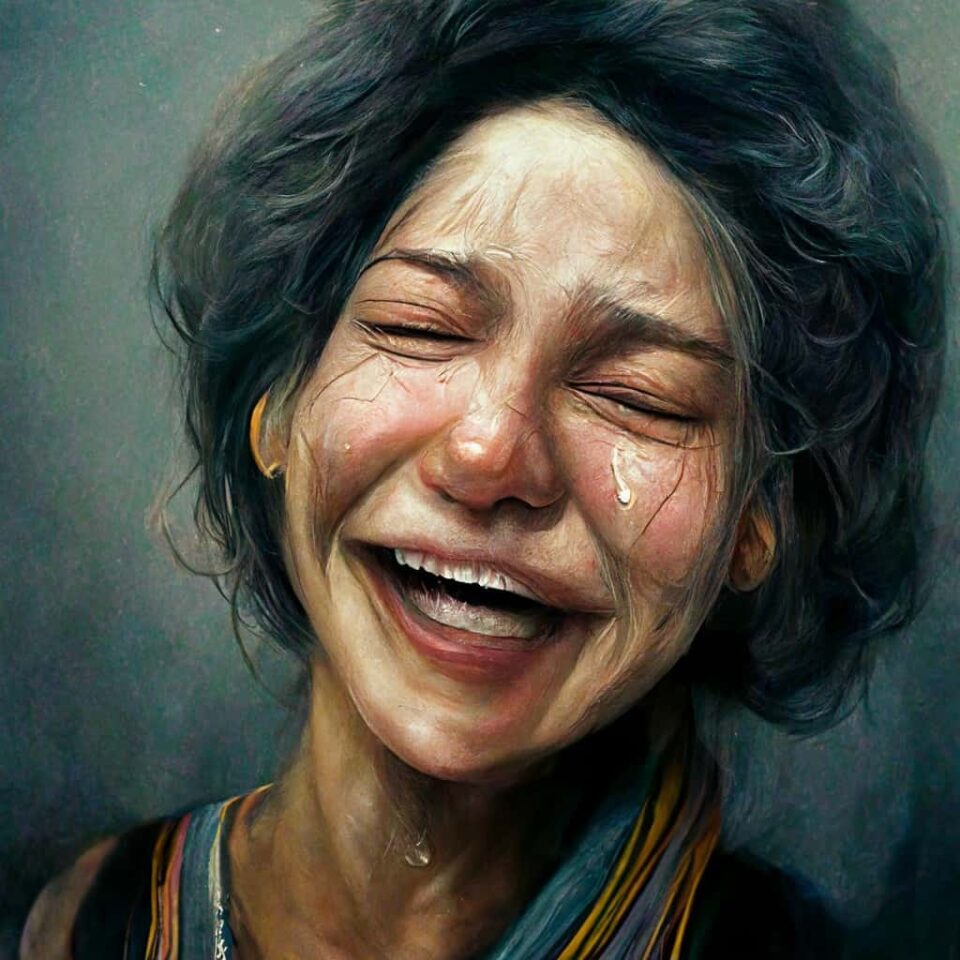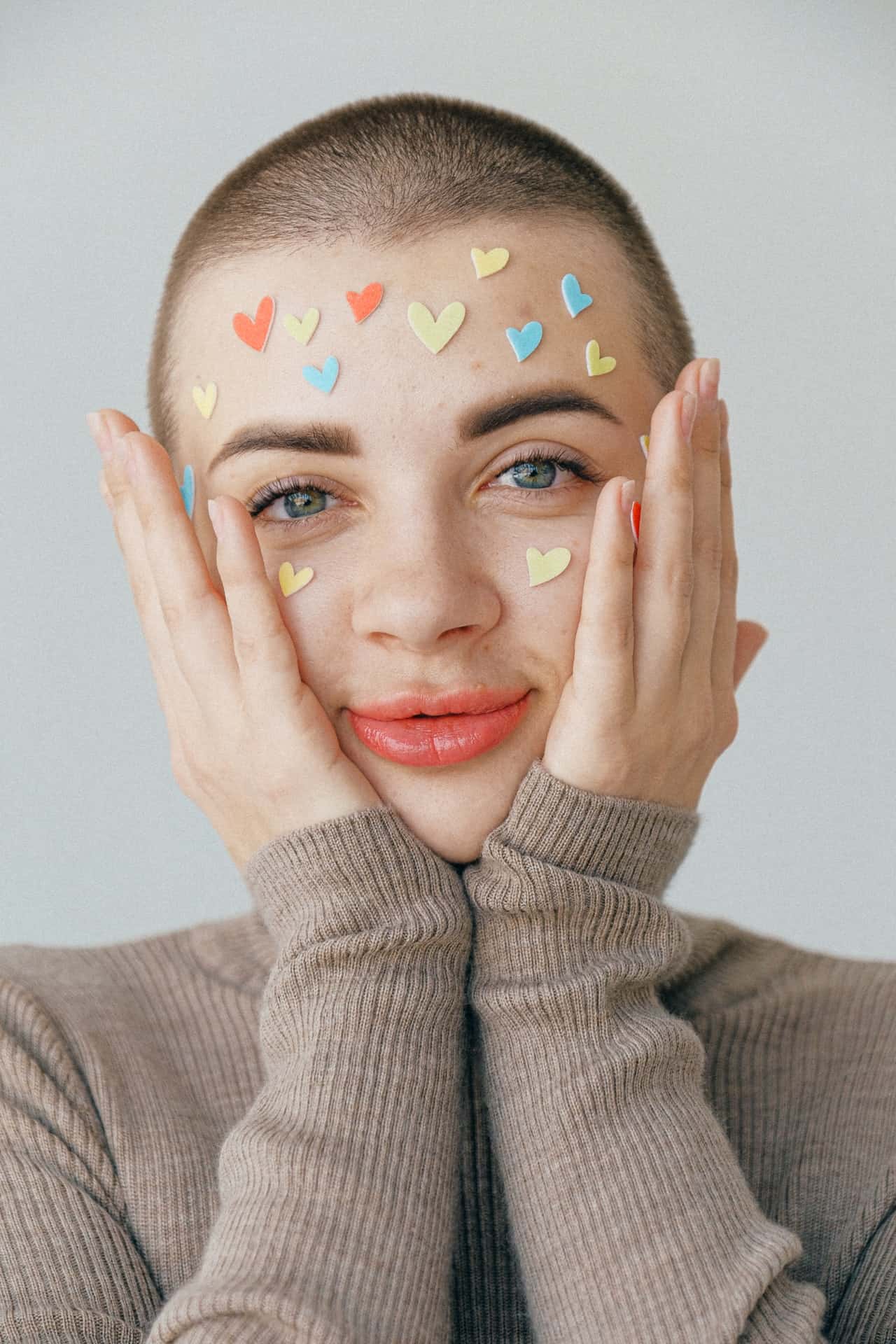We all do it. Cry. We cry sad tears, tears of frustration and anger, tears from exhaustion and stress, and we also cry happy tears. Happy Crying GIF is one of our favorites for those happy crying emotions. So, why do we cry happy tears, and what’s behind them?
You have seen happy tears in the movies and TV shows. And if you’ve ever felt overcome with joy or success, you might’ve cried some happy tears of your own.
I remember the first time I cried from joy. A few years ago, I had just been offered my dream job. After months of interviewing and anxious waiting, I finally got the call that I had been offered the job. As soon as I hung up the phone, I cried tears of happiness. I was so excited and grateful for the opportunity presented to me. It was a fantastic feeling to know that all my hard work had paid off and that I could do what I love for a living.
Tears of joy are strange and confusing, especially because crying is mostly for negative emotions like sadness, grief, or fear. Happy tears are normal. So, breathe a sigh of relief and show that happy crying GIF to all.
Happy tears have been researched, and there are a few potential explanations.
Why do people cry when they’re happy?

Crying from happiness is a lot more common than you might think. Research has shown that around 50% of people have once called for joy. So, if you’ve ever shed a few happy tears, know you’re not alone.
According to research from Yale University, happy tears happen when you experience intense emotions that become unmanageable. When these emotions overwhelm you, you might cry or scream to release some of the feelings you are feeling.
After ripping open your college acceptance letter, for example, you probably screamed (so loudly your family got startled), and then you most likely burst into tears.
Some people cry at graduations, at the birth of their children, when a hero returns from war, when they reach their goals, and when someone gives to another person unselfishly.
These diverse situations have in common that these positive experiences have dimorphous expressions—not only positive expressions but also expressions normatively associated with negative emotions (e.g., anger, sadness, and fear).
Happy tears, and all those fantastic happy crying GIF images, are great examples of dimorphous expression. Here, dimorphous means “two forms.” These expressions come from the same place but show up in different ways.
Another great example is the following. Have you ever seen something so cute, such as an animal or baby, that you had the urge to grab and squeeze it or even pinch the baby’s cheeks? You might’ve heard a phrase from an adult to a small child: “I could just eat you up!”
Of course, you don’t want to hurt that pet or child by squeezing it. You want to cuddle and hold babies, not eat them. So, this somewhat aggressive expression of emotion may seem slightly odd, but it does have a straightforward explanation: The feelings are so intense that you don’t know how to handle them.
When you see something so adorable that it makes you want to cry, your brain releases oxytocin. Oxytocin is sometimes called the “cuddle hormone” or the “love hormone” because it plays a vital role in bonding, social interactions, and sexual reproduction. It’s also associated with happy tears.
Wrapping up
So, if you want to know why people cry when they’re happy, it’s probably because the emotions are so intense that they become unmanageable and need to be released somehow. The next time you see a happy crying GIF, remember that it’s just a person expressing their overwhelming emotions in the best way they can.
And if you ever need to cry some happy tears of your own, don’t hold back! Let those tears flow, and enjoy the moment.
